When it comes to language learning, there’s no doubt that peace and quiet can do wonders for your concentration. As I’ve mentioned in this article on helpful learning tips, the amount of effort you put into your learning will affect how well you retain information. That doesn’t mean that you have to be sitting still in front of a book in order to learn.
In fact, studies have shown that language learners greatly benefit from interactive learning. One popular language learning strategy called Total Physical Response (or “TPR” for short) works on the premise that your memory works better better when you combine learning with some sort of associated physical motion. Rather than simply reading a book, TPR learners engage several skills at the same time: speaking and drawing, reading and writing, etc. It may seem strange, but physical movements or actions that accompany reading, listening and speaking are proven to improve learners’ ability to recall information.
Of course, this doesn’t mean that you have to be running on a treadmill while listening to a podcast. The beauty of a literally hands-on approach is that it’s adaptable to different environments and learning styles. I’ve compiled a list of easy, fun ways that you can incorporate TPR strategies into your daily routine to maximize your learning potential.
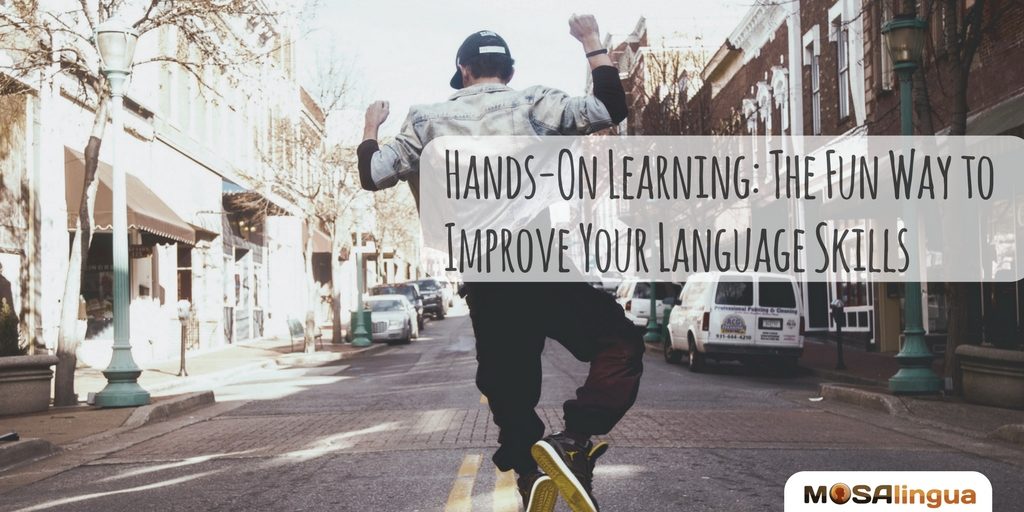
Get Writing
As a believer in the MosaLingua method, I know that our apps offer effective and convenient learning. But that doesn’t mean that you can’t benefit from the old-fashioned paper and pencil (remember them?). The physical movement of your hand writing out words in another language does wonders for your memory. That’s why note-taking is so helpful (some people will remember what they write down without having to review it!). To incorporate writing into your learning in stress-free, effective ways, try out these suggestions:
Start Scribbling
When you’re reviewing cards on the MosaLingua app, grab a piece of paper and casually jot down whatever comes to mind. There’s no need to be organized or to even write neatly. The important thing is to read aloud or in your head what you see on the screen, and to write something down, preferably in the language you’re learning: random thoughts, helpful words, example sentences–anything to get your hand moving.
Tap Into Your Inner Artist
Pictionary is no longer only for kids! To remember vocabulary, try reading, saying aloud the word, and drawing word art or a picture. Whether you have skills like Picasso is irrelevant. The more creative you can be, the better. The objective is to connect your brain to your eyes (reading), mouth (speaking), and hand (writing) in order to make a strong connection in your memory.
You can draw a single picture or a series of pictures, whatever works for you. For a challenge, try drawing one big picture to represent an overarching theme. Then sketch in associated words. For example, for food vocab, draw a yummy meal that incorporates words you’ve learned.
Get Moving
Contrary to popular opinion, you don’t have to learn languages (or any subject) in a quiet, controlled environment like a library. If you’re the type who always fidgeted in school, then these ideas for ways to get moving while learning may be right up your alley.
Gesture
There’s a reason why children’s songs often include hand movements. Gesturing while reviewing vocabulary is a great way to provide extra reinforcement to the words and concepts you’re learning. While you review cards on MosaLingua, act out the meaning of each one as you say the word aloud. If you’re learning daily routine vocabulary in French, pretend to brush your teeth as you say, “Je me brosse les dents [I brush/I am brushing my teeth].” You can even use gestures to reinforce verb conjugations. If you’re learning the verb ver in Spanish, you can point to random objects as you repeat “Veo [I see]… (the TV, the couch, etc.).”
Play Catch
You don’t need to play ball like a pro for this hands-on learning suggestion. Touch is an important sense; the act of physically holding or feeling something associated with a word or concept boosts memory. One popular activity is to toss a ball around while saying aloud vocabulary like numbers. Your brain is a muscle: work it out, and it’ll become more efficient. Try counting by 5’s or by multiples of 20 to push your brain to focus on tossing the ball and thinking on the spot.
Get In Touch with Language
When talking about physical motion, touch is an important sense. On your way to work, open up your bag, and try to name everything your hand touches. While making dinner, open up the fridge, and check out what items you can name. It may seem childish, but even following along written text with your finger involves two senses, touch and sight, to be engaged in strengthening your learning.
Related posts:
Want to start improving your language skills today?
Start learning a new language today
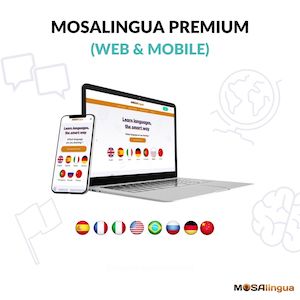
Good news: we can help!
More good news: you can get started for free! Start your free trial now and for the next 15 days, take advantage of the most effective language learning method on the market!
Vocabulary flashcards, videos with subtitles, audiobooks, articles adapted to your level – with MosaLingua Premium (Web & Mobile), you’ll have access to all this and more. Get started right now. It’s free—and risk-free—to try!
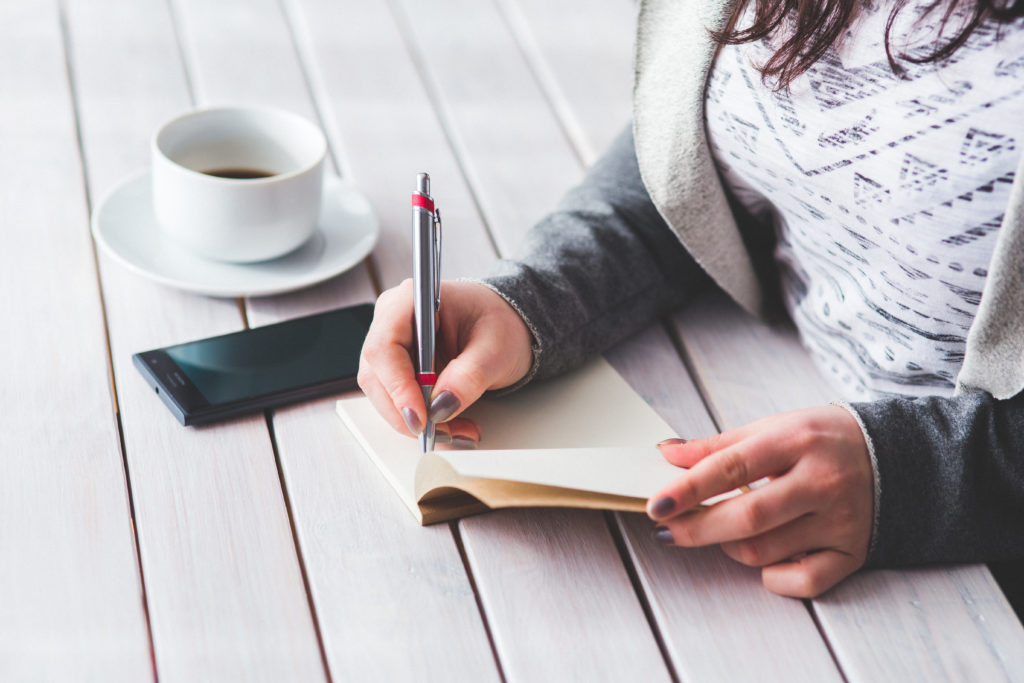
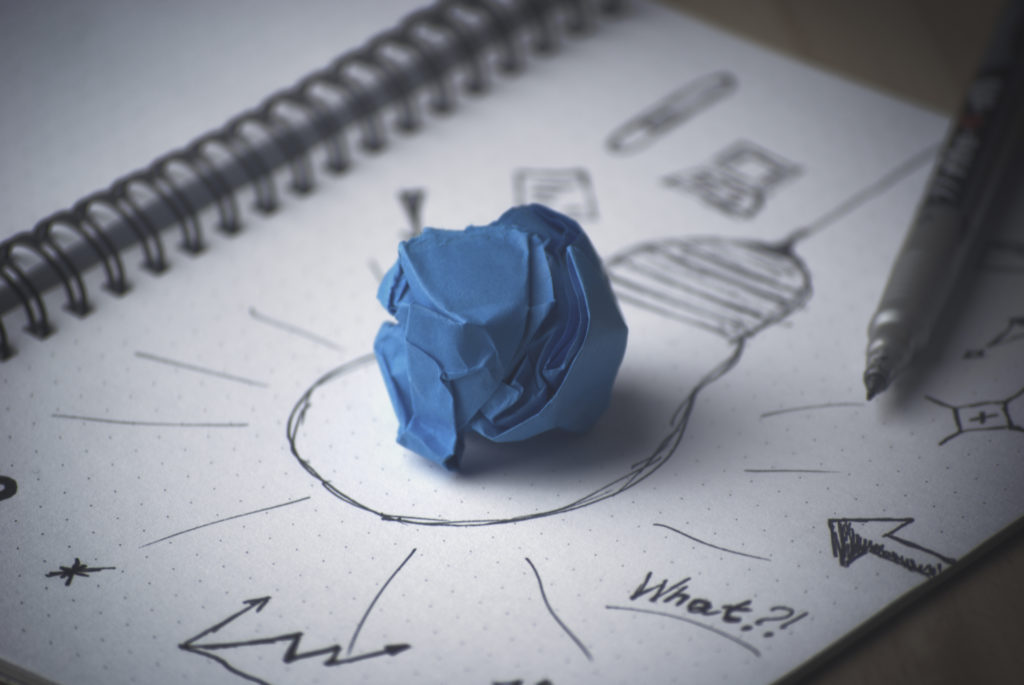
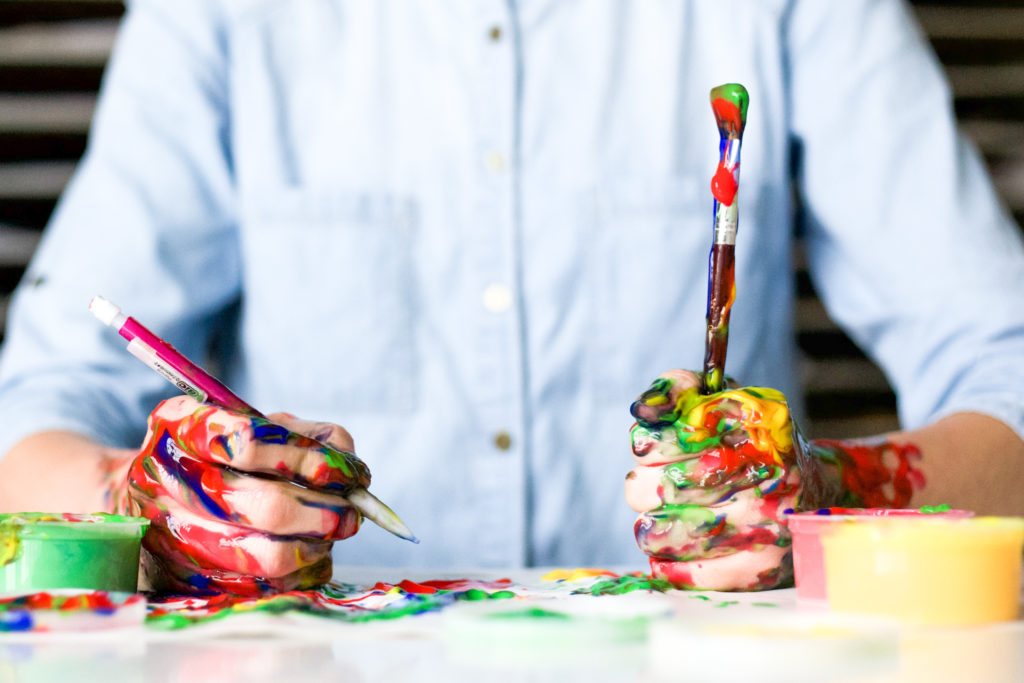

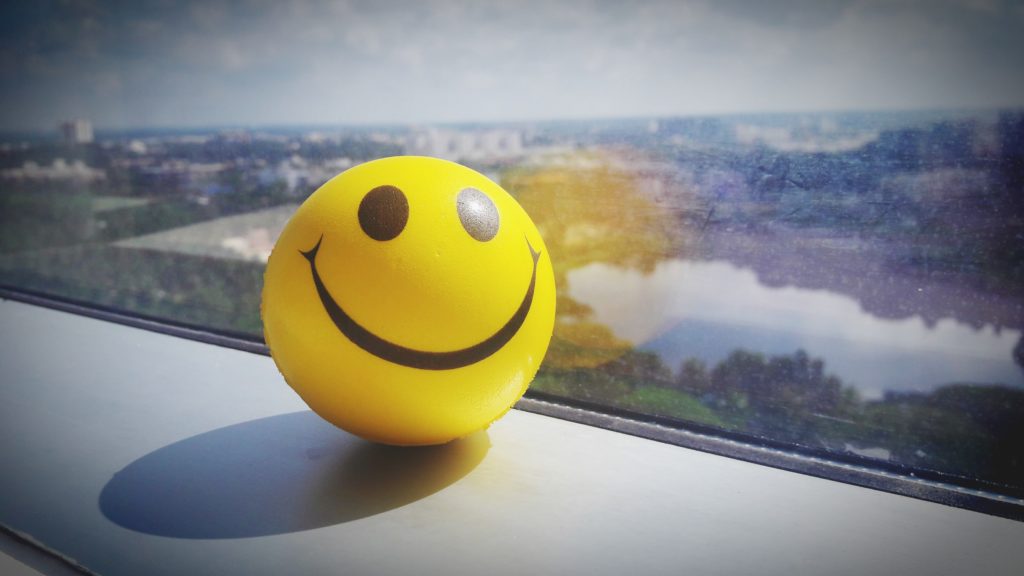
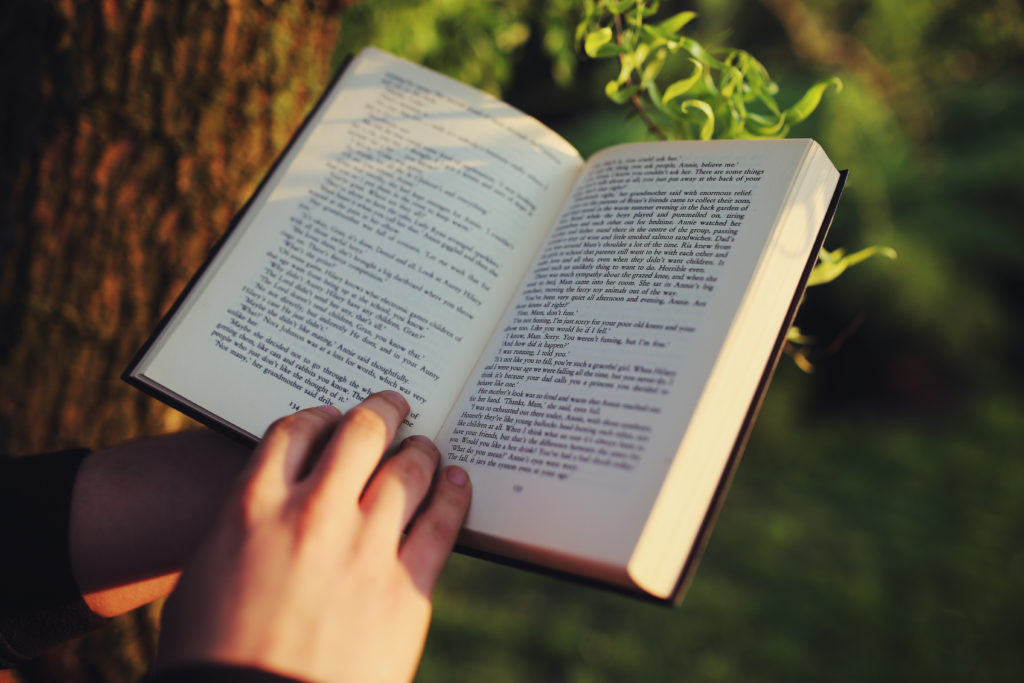
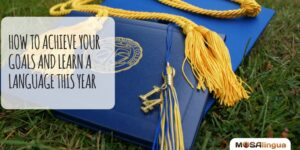

![10 Popular American English Slang Words [VIDEO]](https://www.mosalingua.com/en/files/2017/05/2-300x169.jpg)
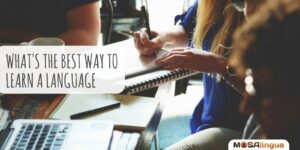
Comments